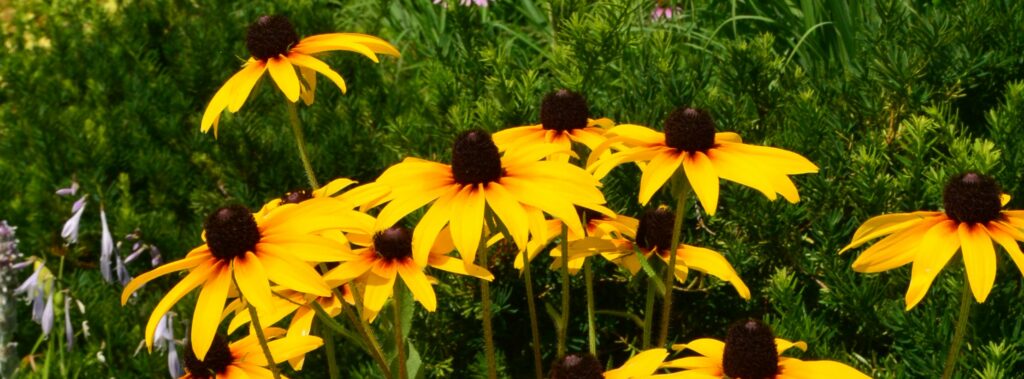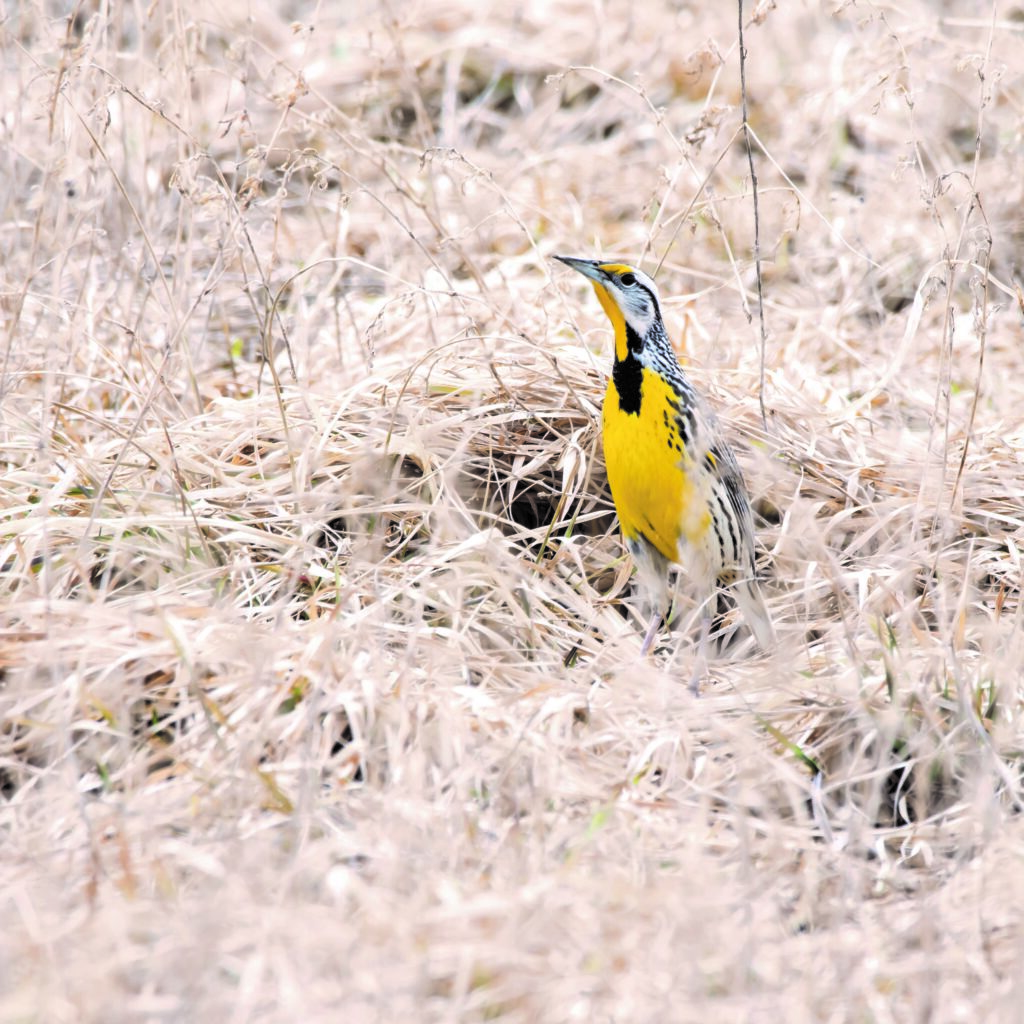
Picture a meadow. What do you see? Acres of fields with knee-high grasses and colourful wildflowers swaying with the breeze? The sweet sound of birds singing and the buzz of insects flitting about? Perhaps you picture Julie Andrews frolicking on a mountain top?
But while a meadow may serve as backdrop to scenes in the iconic movie, The Sound of Music, it’s the headline act for hundreds of plant and animal species. Meadows have evolved into magical places over eons of time, where their inhabitants have established unique interdependent relationships with one another. Consider the monarch butterfly and the milkweed plant. Because monarch caterpillars can only eat milkweed plants, if we lose milkweed, we also lose the monarch. Everything is connected.
The Conservation Authority is working to protect and grow areas such as meadows, so that nature can flourish and these relationships remain intact. In fact, we are currently working on three meadow projects, one in East Gwillimbury, one in Whitchurch Stouffville, and another in the City of Kawartha Lakes. Once completed, they will add 29 hectares of meadow to our watershed
The benefits of meadows are numerous:
- Meadows store large amounts of carbon, releasing it slowly and mitigating the effects of climate change.
- The plant species in meadows have deep root systems which help stabilize the soil and also filter contaminants and runoff before entering our rivers and ultimately the lake.
- Meadows are the sole habitat for a number of at-risk species such as the bird species, Eastern Meadowlark and Bobolink.
- The native flower species in meadows are crucial sources of food for pollinators like bees and butterflies.
Photo Credit: Emily Fikkert. The Eastern Meadowlark (pictured above) is most commonly found in native meadows where they build their nests on the ground and sing from exposed perches such as treetops and fenceposts.

Plant your Own Mini-Meadow
Even a small space on your urban or suburban lawn can be sectioned off and turned into a mini-meadow, where you can help rebuild nature. A small native plant garden is as easy to maintain as a lawn, is far more beautiful to look at (increasing your property’s curb appeal) and will do so much more for our local environment because it has a lower carbon footprint than a lawn. Lawns require mowing, watering and fertilizing whereas native plant gardens, once established, require very little effort.
This laid-back gardening approach hinges on starting with the right plants. Your foolproof way to start is to focus on planting only native plant species. You may not yet see these in abundance in typical garden centres, so don’t be shy about asking and encouraging more supply. There are also specialized nurseries, including online suppliers, that are tailored to native plant gardening. There are dozens of plants to pick from that are as stunning as they are helpful.

You don’t have to “go big or go home”. Start with what size you are comfortable with in year one and take it from there. The benefit in planting native plants is that once the garden is established, it pretty much takes care of itself. When has your lawn ever done that for you?
Photo: The stunning Hummingbird Clearwing Moth (pictured left) is attracted to the many native nectar-bearing plants that can be found in meadows.
Want to Try Creating Your Own Meadow?
Check out our Less Lawn webpage for access to resources and support including tips for buying native plants.
Do You Have a Larger Piece of Land?
If you have more than two acres, conservation authority experts can support a meadow project with resources, project funding and local experience. Our experts would be pleased to talk with you, with no obligation. Send an email to communications@LSRCA.on.ca.
Know Your Plant Names
When buying plants for your native plant meadow, it can be somewhat confusing as to what a native plant is. You’ll likely come across terms like “native”, “cultivar” and “nativar”. Only “native” plants that have not been altered by humans will be the most beneficial. “Cultivars” and “nativars” have been altered by humans and so are not technically native, even if they started out as native plants. Visit our website for more information about understanding the terminology around native plants.
Where to Find Native Plants
Probably the toughest part of planting a native plant meadow will be finding native plants. Typical garden centres have very limited supply, if any. But if more people start asking for them, garden centres will start carrying them. So, the next time you’re at your local garden centre, ask about native plants. There are a growing number of garden centres that specialize in native plants. You just have to know where to look. Naturalist or nature groups will often have native gardener enthusiasts among them to befriend too.
Visit www.LSRCA.on.ca/lesslawn for more information about the benefits of native plants, where to buy them, how to establish your own garden and opportunities to share your experiences with others.
Contact Customer Service:
Phone: 905-895-1281
Toll Free: 1-800-465-0437
Email: info@LSRCA.on.ca
